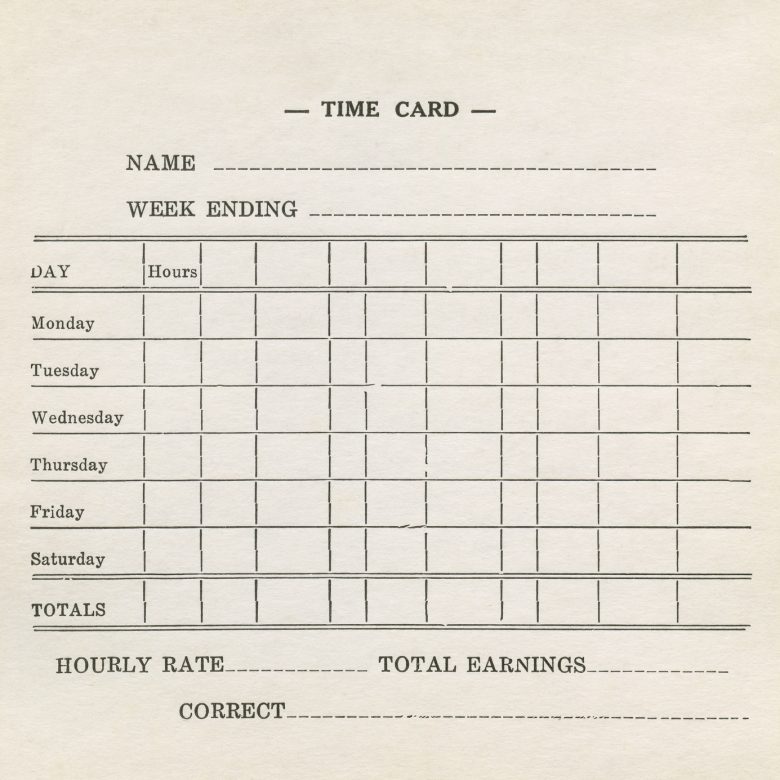The direct costs of workplace injuries are pretty clear. Every year the National Safety Council’s Injury Facts provides the average cost of injuries for major injury categories down to the dollar. Companies can also work with their workers’ compensation insurance provider to determine the financial impact of an employee getting hurt on the job.
But when it comes to recordable injuries there’s a lot more than money on the line. The Society for Human Resource Management (SHRM) conducted a study of workplace absences in countries in five different continents. The results shed light on the widespread negative effects of lost-time injuries. They don’t always show up on a balance sheet, but these three indirect costs can have a sizeable impact on a business.
Reduced productivity
Replacement workers are less productive workers. They’re less experienced, they often require training and they’re more likely to make costly errors. So it’s no surprise they will work less efficiently than the employee they’re replacing.
The degree of productivity drop-off may be shocking, however. The SHRM reports that work efficiency will drop off by 30% on average when a replacement employee has to step in.
There is also a disruptive effect on others. The study found that 62% of European participants found that another employee’s unplanned absence disrupted their own work, and similar numbers were seen in the U.S. (59%), India (65%) and elsewhere.
Decrease in quality
Not only are replacement workers slower but their quality of output is also lower. They create more scrap material and waste. They also produce a lot more defects in finished products. Just ask Edwin Stanley, the Vice-President of Operations at GH Metal Solutions. He noticed a correlation between lost-time injuries and defects in finished material.
A decrease in quality can lead to lower-quality output. Conversely, fewer lost-time incidents can bring about big improvements in quality—and lead to fewer wasted dollars. As he says: “Our customers expect quality parts on time and there’s a cost to us for poor quality. So certainly if we can reduce rejected parts then it saves us a lot of money.” (Here are more details about GH Metal Solutions’ and the relationship between quality, safety and lost-time injuries.)
Elevated stress
Unsurprisingly, the SHRM study also discovered elevated stress levels in workplaces where employees unexpectedly miss time. While stress is a problem in its own right, it can also have a negative trickle-down effect on safety.
EHS Today notes that “strong evidence suggests that where stress levels are high, injury levels are also high.” Increased stress can lead workers to take unsafe behaviors like rushing or lead to adverse states like frustration or mental fatigue that have been demonstrated to lead to incidents. The end result is a higher risk of injury.
Lost-time injuries are a call to action
The indirect costs of lost-time incidents should be viewed as a call to action to do something about off-the-job injuries.
Aside from the moral imperative to prevent injuries wherever they occur, there are real financial reasons to seek out a 24/7 approach to safety. Companies aren’t financially liable when workers get hurt at home. But the indirect costs of needing a replacement worker—reduced productivity, a drop in quality, increased stress and strain on supervisors—will affect a company no matter where the injury occurs.

